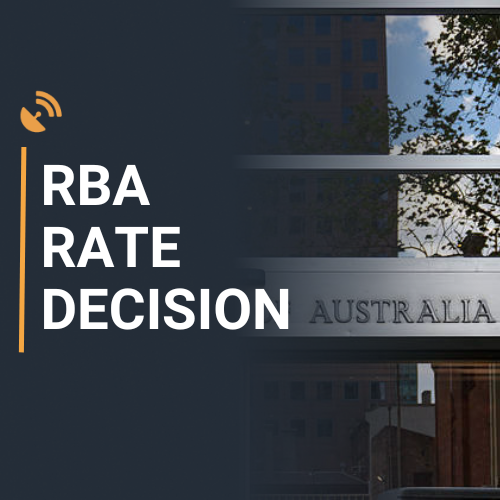The Reserve Bank of Australia is likely to continue maintaining the current benchmark interest rate of 4.35% for the seventh consecutive meeting in September. The focus will be on the upcoming press conference by RBA Governor Michele Bullock, which is expected to bring volatility around the Australian Dollar. Despite recent comments by Bullock indicating a lack of rate cuts in the near future, concerns have been raised by Australian Treasurer Jim Chalmers about the impact of high interest rates on the economy. However, positive job growth data and a steady unemployment rate suggest that the labor market in Australia remains resilient, supporting the RBA’s view that a rate cut is less likely in the short term.
Analysts expect the RBA to maintain the policy rate until the critical Consumer Price Index (CPI) data for Q3 is released in October. The ongoing uptrend in the AUD/USD pair can be attributed to the divergence in monetary policy outlook between the US Federal Reserve and the RBA. While the Fed recently announced a rate reduction, markets anticipate the RBA to make a rate cut only by February 2025. The RBA’s interest rate decision is expected to impact the AUD/USD pair, with a hawkish stance likely leading to an extension of the uptrend, while a more dovish approach could result in selling pressure on the pair.
The RBA’s interest rate decision plays a crucial role in influencing the value of the Australian Dollar. A hawkish outlook by the RBA, indicating a potential rise in interest rates, is generally positive for the AUD, while a dovish view leading to unchanged or lowered interest rates can be bearish for the currency. The RBA’s primary mandate is to maintain price stability, with a focus on contributing to the stability of the currency, full employment, and economic prosperity in Australia. Various macroeconomic indicators, such as GDP, employment data, and consumer sentiment surveys, can also impact the value of the Australian Dollar by reflecting the overall health of the economy.
In addition to interest rate decisions, the RBA also employs tools such as quantitative easing (QE) and quantitative tightening (QT) to manage monetary policy when necessary. QE involves the central bank printing money to purchase assets like government bonds, providing liquidity to financial institutions. This process typically results in a weaker currency. On the other hand, QT involves reducing the size of the central bank’s balance sheet by discontinuing asset purchases, which can have a positive impact on the currency. Understanding these tools and their effects on the Australian Dollar is essential for investors and traders looking to navigate the currency markets in relation to the RBA’s monetary policy decisions.











